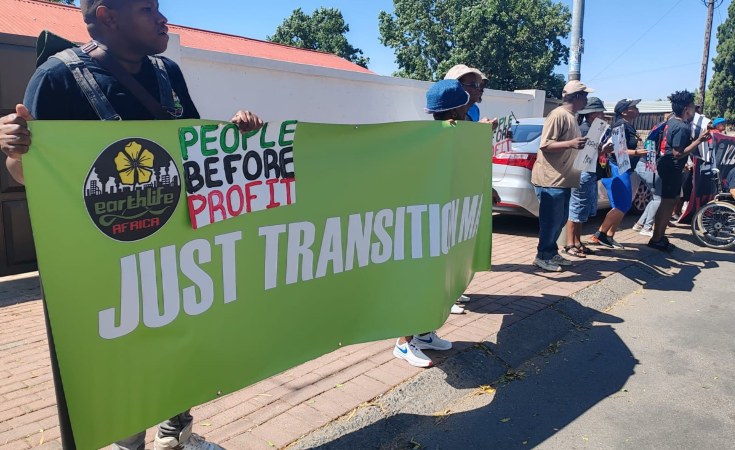Uganda: School Lightning Tragedy in Uganda Sparks Global Campaign
Palabek Secondary School in the northern Uganda district of Lamwo near the South Sudan border has become the centre of a campaign to increase safety precautions against lightning strikes in Uganda.
Uganda is one of the most lightning-prone countries on earth, as it receives an estimated 4 million lightning strikes per year. This year alone, at least 10 people have succumbed to lightning strikes, with hundreds more escaping with injuries around the country.
In fact, June 28, which is the International Lightning Safety Day, was declared in commemoration of the pupils who died in Uganda 14 years ago. At least 18 schoolchildren were killed and 36 others injured when a lightning bolt struck Runyanya Primary School in the western Uganda district of Kiryandongo on June 28, 2011.
For Prof. Mary Ann Cooper, a retired American emergency doctor who is now the managing director of the African Centres for Lightning and Education Network (ACLENet), the Runyanya lightning event marked a turning point.
"This is the day that defines International Lightning Safety Day for us," Dr. Cooper told The Independent, on June 27, a day before Uganda's commemorative event at Palabek Secondary School. "We use that day as an example to try and save the lives of all the people," she said. Lightning has also killed several livestock in Uganda, especially cattle, according to data compiled by ACLENet.
Yet, even within Uganda, some areas are more prone to this natural phenomenon than others. Palabek in northern Uganda is one of those areas where lightning strikes are quite common. In November 2024, Palabek hit local and international headlines when at least 14 people, mostly children, were killed when lightning hit a makeshift shelter in a refugee settlement there.
Just recently, a lightning bolt killed about 15 livestock in Patanga parish in Palabek Gem Sub-County, where Palabek Secondary School is found. Last year, one of Palabek S.S's students was a victim of lightning in the community. She, fortunately, was not critically injured, according to Peter Olaa, the headmaster of Palabek Secondary School. He was on June 27 speaking to visitors from ACLENet before Uganda's commemoration, which was held at the school.
Over the last nine years, ACLENet has been installing lightning protection systems in schools located in some of the most lightning-prone areas in Uganda. The system that costs hundreds of millions of shillings includes rooftop air terminals, metal down-conductors, and earthing systems buried up to three metres deep.
Palabek Secondary School is among the leading beneficiaries of the ACLENet campaign. The first installation of the lightning protection system in the school was done in 2019. Four years later, there was another installation on newly constructed buildings.
Palabek S.S is also one of the pioneering schools for a pilot lightning early warning system. ACLENet has partnered with the French government to pilot the system in 25 Ugandan schools. Under the system, sirens will be triggered when lightning is detected within 6 to 10 kilometres, giving teachers time to usher students indoors.
"Hopefully, with more involvement of more sponsors, more early warning systems can be installed in more schools around Uganda. We don't want to protect the buildings; we want to protect the students and teachers so that they feel safe to stay in school, graduate, and become productive citizens of the country," says Prof. Mary Ann Cooper.
Hilary Onek, the Minister of Relief, Disaster Preparedness, and Refugees, who was the chief guest at this year's commemorative event at Palabek S.S told The Independent that while growing up in Lamwo, parents always cautioned children to not take shelter under the ample mango tree shades that are common in this area.
"I knew right from childhood that you don't stand under a tree when it is drizzling or raining for protection because under the trees, definitely, with the heat of your body, there will be some radiation, and then you can be hit by lightning."
"There is more lightning prevalence here than in many parts of the country; the reason why it is important that schools are protected is because this is where big crowds are," said Onek.
Asked whether there have been any studies done to find out why Palabek and Lamwo District are more prone to lightning than any other area in the country, Onek said he does not know of any such studies. However, what he knows is the many incidents of lightning bolts striking schools, churches, and other buildings.
"It's probably the geographical location, the terrain, or the physical environment." Onek told The Independent that although in the past lightning strikes were common, they were not killing as many people as is happening now.
Ken Nixon, an associate professor at the University of Witwatersrand in Johannesburg, South Africa, who is also the president of ACLENet, has spent time studying the lightning phenomenon on the continent.
He told The Independent that if one takes a keen look at the African continent, they can see a very wide range of ground flash densities. He says the highest densities tend to be concentrated around the equator. "If you think about where Uganda or the Democratic Republic of Congo is located, they are pretty much on the equator."
He says lightning strikes are simply a function of the weather systems. "You think about the equator; it's the same sunrise and sunset the whole year round. Yes, there is a slightly wetter and a slightly drier season, but it's very different to when you go to higher latitudes or lower latitudes where you've got a much more distinct difference between summer and winter."
"What that means is, if you want a simple statistic, when it's raining, there's a good chance there's going to be lightning. On the equatorial region around the planet, there's a lot of rain; there's bound to be a lot of lightning strikes," says Prof. Nixon.
From its base in Uganda, ACLENet is spearheading an Africa-wide mission to protect communities from lightning--particularly children, who are among the most vulnerable.
"People around the world--from France to Nepal, India, Bangladesh, Brazil, and South Africa--remember the children who lost their lives at Runyanya," says Prof. Cooper. She says it is important to get governments interested in the lightning safety campaigns. Her organization's other objective is demystifying the many superstitions and beliefs about lightning that are rife in many parts of Africa. She says because of these (superstitions), many people will not talk about injuries or deaths from lightning.
There are three types of lightning: cloud to cloud, cloud to air, and cloud to ground, also called a ground flash. This particular type of lightning strikes the ground or something on the ground. Ground flashes are what ACLENet is most concerned about.
But the success of the campaign to protect communities against lightning in Uganda is being hampered by cultural beliefs and superstitions. Myths around lightning abound in many Ugandan communities. Some people believe it's caused by witchcraft, bad luck, or family feuds. Others think that color, gender, or even the type of animals reared in a household attract lightning.
"We have encountered many myths as we go on installing the lightning protection systems (lightning arrestors)," says Barnabas Akantambira, ACLENet's Country Coordinator.
"Some people think that lightning is attracted by color (red); others think it is attracted by a particular gender. Some people think it is attracted by the type of trees planted in the compound. We've had communities blame reptiles or ancestors. But the truth is that none of these attract lightning."
"In our communities here, people have a lot of misconceptions, and when there is often tension between two families and lightning strikes one of the family members, the other family will bring up the issue of witchcraft," James Opio, a physics teacher at Palabek Secondary School and patron of the school's Lightning and Safety Club, told The Independent.
This is exactly what happened in November last year, when a lightning bolt struck and killed 14 South Sudanese children and injured dozens at Zone 8, Block 2, in Palabek Refugee Settlement, which is not far away from this school.
Ideu George, the zone leader, told The Independent that that particular incident caused tension considering the fact that the lightning bolt killed mostly people of the Nuer tribe in the settlement.
"It was not easy. It brought a lot of segregation because there was only one tribe that died. It was the Nuer tribe. It made it worse that the church belongs to the Don Bosco sect which often draws suspicion and mistrust from some communities here." However, Opio, the physics teacher, told The Independent that education is slowly transforming mindsets.
Akantambira says lightning is scientific--it's electrostatic energy, not magic. Prof. Cooper further explains, noting that when lightning comes out of the cloud, it doesn't know where it's going. "It just wants to get to the ground. It doesn't know whether the people down there are wearing red or whether they're carrying a cell phone or whether they beat their wife or whether they're a boy or a girl. It doesn't know any of that. It just wants to get in the ground, and if you happen to be in the way, you get hit by lightning. "By the time you hear thunder, you're already in danger, and you should be in a safe place, a lightning-safe place," she says.
"It's important to create awareness about lightning," adds Dr. Tony Mukasa Lusambu (PhD), the former Assistant Commissioner for Primary Education in Uganda's Ministry of Education and Sports, who was also in Palabek for the commemoration. "What some people know about lightning--that it's taboo, that some families control lightning, that it's due to bad luck; that if you annoy someone who has supernatural powers, he or she can cast a lightning strike on you--is not true."
"We want that awareness not only to spread within the student community but beyond the community about how it occurs and how to avoid being stricken," he says. "Otherwise, if a child gets to know right from their home that lightning only occurs out of bad luck, then even if a siren goes off when they are on the playground, they will not pay attention."
Peter Olaa, the headmaster of Palabek Secondary School, says even though his school has recently benefitted from ACLENet's lightning prevention system, more still needs to be done at his school.
"The work done so far at the school to protect the buildings and children is commendable, but we still need more because the area is prone to lightning," Olaa said. "Our school has been saved, but for the students, where they come from--their homes--they are not safe."
Experts say while lightning is a natural phenomenon, injuries and deaths from it are preventable. Prof. Cooper says about 90% of people struck by lightning survive, but many suffer long-term brain injuries. For children, this can mean learning disabilities, memory loss, and the inability to complete their education.
"For a child, it is a learning disability. So, it's difficult for them to get new information, to find the information that's stored in their brains, and to carry on as a student. They may need to repeat the year in school," says Prof. Cooper. "They may never be able to come back to school. So, it's not just the people that are killed. It's also the people that have the disabilities afterwards. "It's not just tragic--it's a loss to the country's future human resource capital."
This is why, Prof. Cooper explains, ACLENet is investing in multi-pronged lightning protection systems designed to channel lightning safely into the ground and not through buildings or people.
Prof. Cooper notes that when ACLENet first protected Palabek Secondary School, six years ago, it cost about US$40,000 (Approx. Shs140 million). But when her team came back in 2023 to test the system as a routine requirement (to check on the equipment), the school had built four more buildings.
"When we came back in 2023 to test the system again, we found four more buildings, and we decided that we would protect those buildings. That cost another US$27,000 (Approx. Shs 96 million) to protect those four buildings. But we're a very small non-profit, so we have to raise all of the funds from our friends and from grants." Given the limited funding and high import taxes on materials--up to 35% in taxes, according to Prof. Cooper--the organisation can only do so much.
Interestingly, Uganda already has a policy requiring lightning protection systems to be installed in all new school buildings, according to Hilary Onek, the Minister for Relief, Disaster Preparedness, and Refugees. But enforcement remains a challenge. "There's negligence in implementation," Onek admits. "Schools must reinforce protection systems. Lightning doesn't wait for policies to catch up."
In her recorded commemoration message, Janet Museveni, the Minister of Education and Sports, noted that her ministry, through the Construction Management Unit, "is committed to ensuring that both new and old school structures throughout our country are installed with proper lightning safety equipment."
Yet, given the high cost involved in installing this equipment, it is not clear how the ministry intends to fund the installation of this equipment in more than 30,000 education institutions around the country.
But, as a start, Minister Onek thinks removing taxes on lightning safety gadgets could go a long way in helping educational institutions to install this essential lightning-arresting equipment. In fact, Onek does not want protection against lightning to stop in schools. He says homes, public buildings and even factories should be protected from lightning.
"The lightning (prevention) gadgets should be brought in tax-free because, otherwise, it becomes again another cost to our poor people. People are struggling even to put up a one-room house. If you have to tax everything, there is a problem. Already there are enough taxes on mabaati (iron sheets), and on cement. Let us spare these small lighting protection gadgets."
You may also like...
Can Comedy Save Africa?

It is often said that laughter is the best medicine, but is that all it is?
Who Is To Blame For Floods in Nigeria?
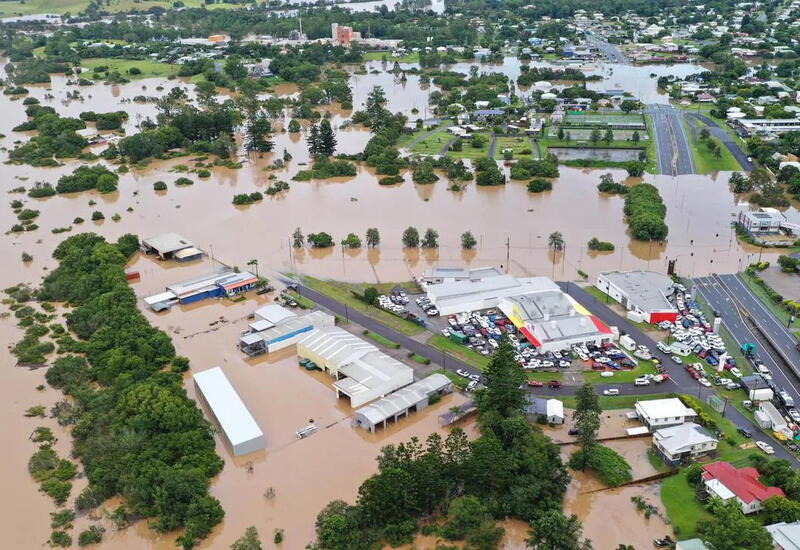
From local government budgets to digital tools tracking public spending, explore the root causes of flooding in Nigeria—...
The Nilotes: Africa’s Tallest and Darkest-Skinned People

This deep-dive unpacks their striking physiques, ancient migrations, and enduring cultural traditions. From cattle pasto...
From Skit to Screen: How Instagram Comedians Are Taking Over Nollywood
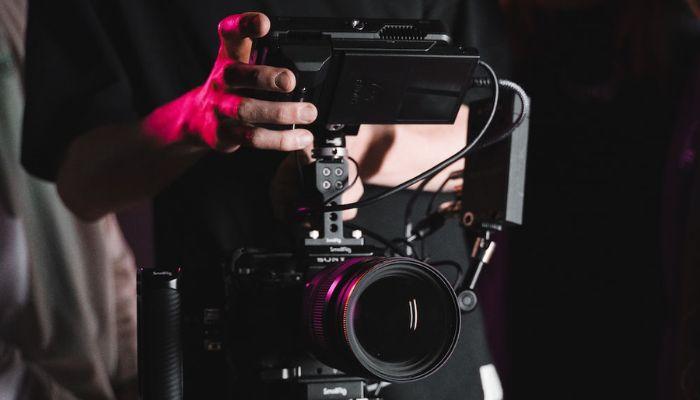
Instagram comedians like Layi Wasabi, Taooma, and Lasisi Elenu are redefining Nollywood stardom. From short skits to maj...
Beyond the Headlines: Decoding Africa's Self-Determined Evolution
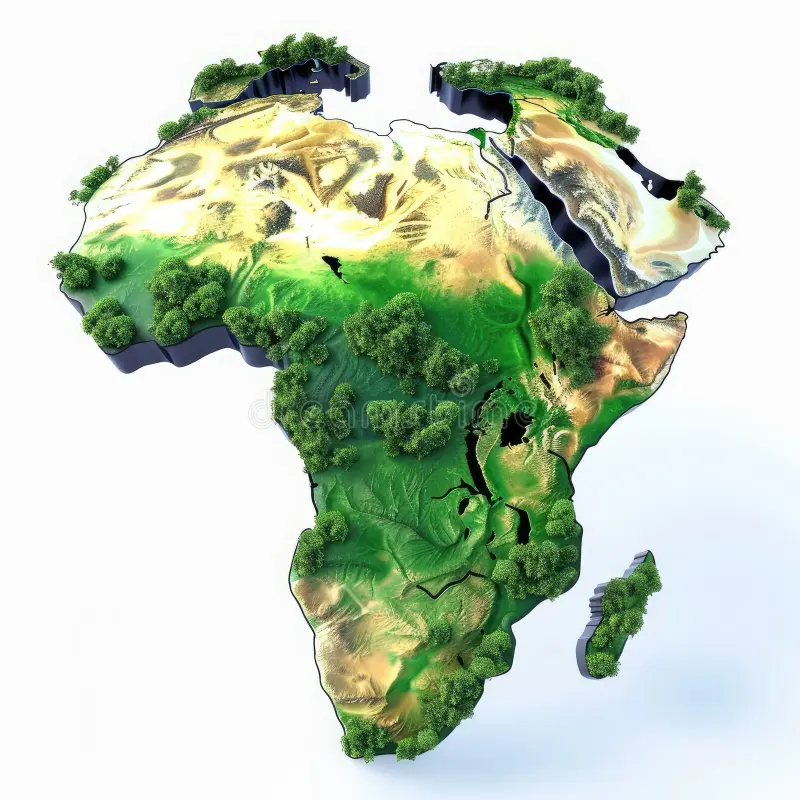
Forget outdated narratives. Africa is forging its own future, driven by youth, tech, and a powerful reclamation of ident...
The Bini Empire Had Streetlights Before London: What We Were Before We Were Colonized
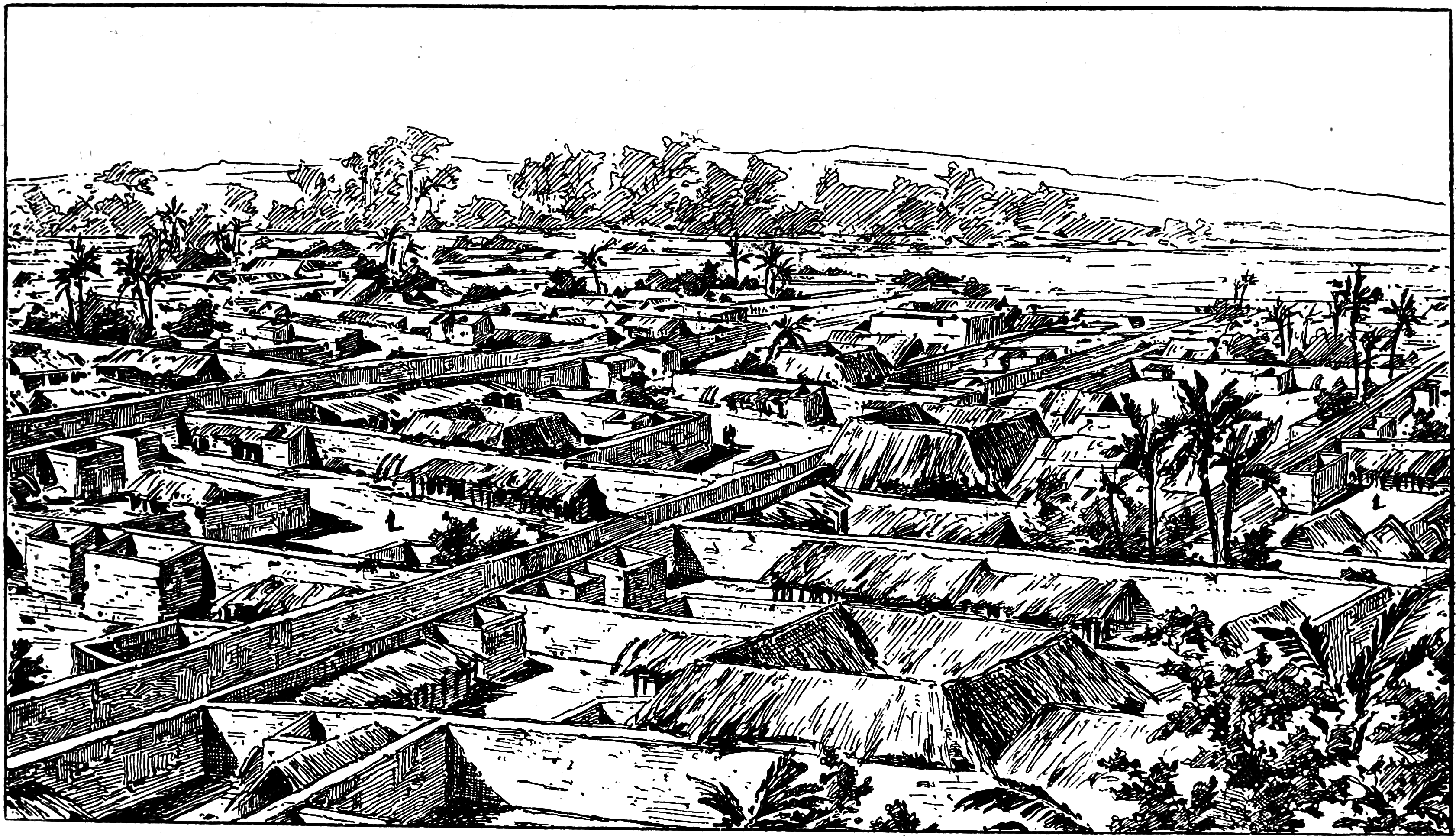
Before colonization, the Benin Empire was a thriving civilization with urban planning, advanced politics, and even stree...
Who Sold Nigeria? A Journey into the Royal Niger Company and the Auctioning of a Nation
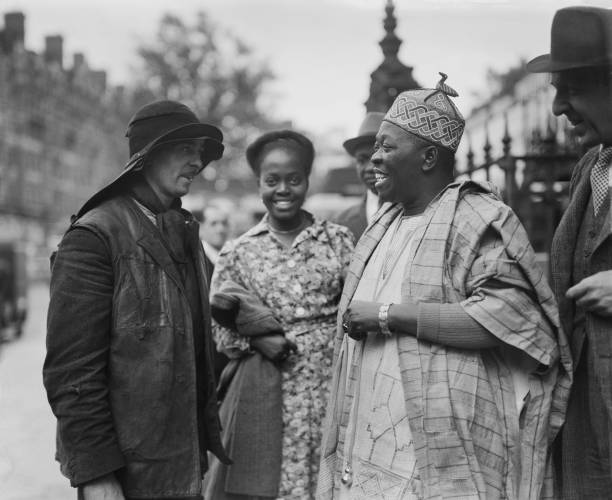
The Royal Niger Company "sold" Nigeria to the British government for £865,000 in 1899. This transaction marked the trans...
How Africa Is Winning With Digital Payments
(9).jpeg)
Africa’s fintech revolution is redefining digital finance. From M-Pesa to blockchain innovations, discover how mobile mo...


